The largest bird in the world ànd the heaviest bird, the ostrich, is quite unique when compared to other birds.
Today, we are diving deeper into 8 interesting fun facts about the ostrich, including its lifespan!
The Ostrich is the largest bird on the planet-its location.
The Ostrich is well adapted to living in the Savanna, desert, and open woodlands of Central and Southern Africa.
Today they are only found in the wild in Africa, in a wide range of open arid and semi-arid habitats such as the Sahel, and woodland Savannas.
In Asia Minor and Arabia, the Arabian ostriches were hunted to extinction by the mid-20th Century, and today the only species left are the Somali ostrich and the common ostrich, and you surely can call it an exotic African bird!

A little biology on the Ostrich and some physical facts.
The ostrich has some long and muscular legs which are perfect for running.
Unlike other birds with three or four toes, ostrich have only two toes on each foot that allow for greater speed while running.
When confronted and running isn’t an option, they can use their powerful legs to kick. With a 10 cm (4 inch) talon on each foot, their downward kick can cause serious harm to potential predators.
Take a look at this video below where the ostriches defend their young:
Males have bold black and white coloring, while females have light brown feathers.
The head and most of the neck are reddish to bluish in color and the legs and thighs are bare. The head is small, the bill short and rather wide with big brown eyes and thick black lashes.
Ostriches are bigger than any other bird on earth, and their size and weight are a barrier to them flying. I guess you don’t need your binoculars to watch them haha!
They can grow up to 2.7 meters (9 feet) tall and can weigh up to 145 kg (320 pounds). Ostriches also have the largest eye of any land animal, at 5 cm (2 inches).
They can sprint as fast as 70 kph (43 mph) and can hold a steady speed of 50 kph (31 mph), and a single stride can cover a span of 3-4 m (10-16 Ft.), impressive!
So, they are not mammals, but birds (they just can’t fly because of their weight and because they àre the largest bird in the world 😉 )
What does an Ostrich eat?
Their diet consists mainly of roots, leaves, and seeds, but ostriches will eat whatever is available to them at the time.
Sometimes they consume other animals like snakes, insects, lizards, and rodents.
They also swallow sand and pebbles which help them grind up their food. They grind it in their gizzard: a very muscular stomach.
Because ostriches have the ability to grind food, they can be more opportunistic eaters.
Ostriches get most of the water they need from the plants they eat and they can go long periods without water. Occasionally they will drink from watering holes if they do come across them.

The social behavior of the Ostrich.
Depending on the season, ostriches can be seen individually, in pairs, in small flocks, or in large aggregations.
A group of ostriches is known as a flock, and flocks can consist of up to 100 birds, though in most flocks the members number about 10 members.
The groups usually have a dominant male and a dominant female, and several other females.
Lone males come and go during the mating season. During mating season, males bow and flap their wings outward to display their plumage, to get the female’s attention.
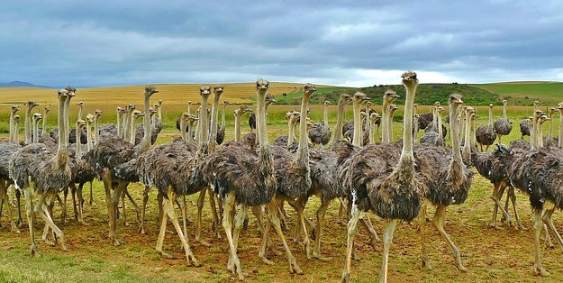
When they are ready to mate, the male’s beak and shins will turn bright red. Females also change color when they are ready to mate, as their feathers turn a silvery color.
In the wild, they coexist with other animals native to the same African habitat. These are other grazing animals like zebras or antelopes, and they have a relationship that ensures one group isn’t harming the other.
They have similar diets, but with enough differences to not dramatically affect the needs of the others.
How do Ostriches fight opponents?
When threatened, ostriches will choose flight rather than fight as they can outrun their predators.
So you thought that ostriches bury their heads in the sand? But no! They do lie down with their heads against the ground when they feel threatened.

The head and neck blend in with the color of the sand, giving the bird the appearance of a bush, and it only looks like the ostrich has buried its head in the sand.
Oftentimes groups of ostriches will graze among giraffes, zebras, gnus, and antelopes. Their presence is useful because they alert other animals when danger is near.
Reproduction of the Ostrich and its chicks.
Ostrich eggs are 15 cm (6 inches) in diameter and can weigh up to 1.3 kg (3 pounds).
Eggs are usually laid in a communal nest called a dump nest which can hold up to 60 eggs at one time.
Sitting on the eggs is not a gender-bound task and both males and females will sit on the eggs until they hatch in 42 to 46 days.
Ostrich chicks are the largest of any baby bird and can be as big as an adult chicken.
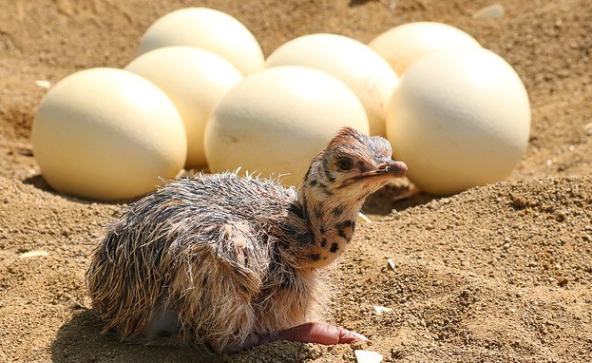
Taking care of the young ones is a shared responsibility of the males and females. At six months, a chick is almost at full grown height, and at 3 to 4 years it will reach maturity.
At Pongola game reserve, we could just step on Ostrich eggs, if we wanted, without ever breaking any.
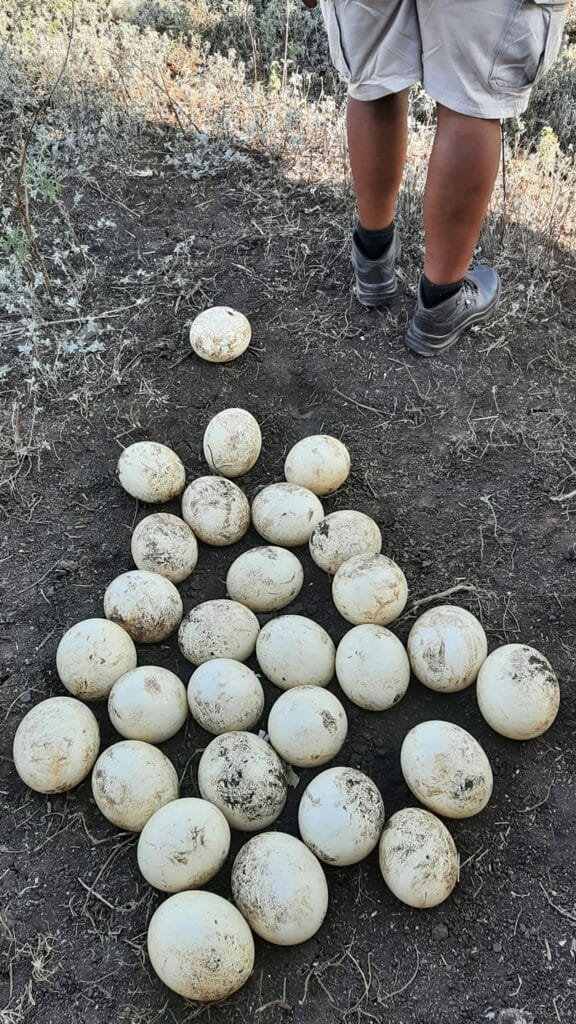
How long can an ostrich live, what is its lifespan?
Ostriches have a pretty impressive lifespan, as they can live 50 to 75 years, though in captivity. In the wild, with all the pressures that they face, they usually have a lifespan of about 40 years.
In the 18th century, the popularity of ostrich feathers led to the decimation of their numbers from all of North Africa.
If not for ostrich farming which began in 1838, then the world’s largest bird would have gone extinct.
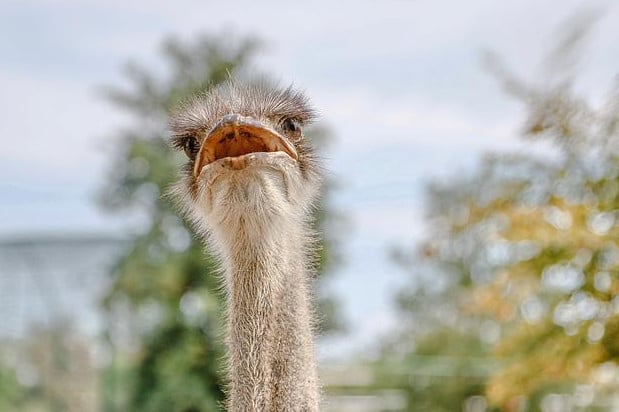
According to the International Union for Conservation of Nature’s (IUCN) Red List, most ostrich subspecies are not endangered, though their populations are on the decline.
The Somali ostrich, however, is listed as vulnerable, as it is believed they are on a rapid decline.
Ostriches and humans.
Ostriches have been a form of entertainment for humans: that is in captivity and the ostrich farms.
In the wild, they are facing increasing pressure from habitat loss and the effects of climate change.
These effects might include long periods of drought which jeopardizes their food and water sources.
In the past, Ostriches were nearly hunted to extinction, and although their numbers have recovered sufficiently, more conservation effort is needed to ensure their survival in the wild is guaranteed for future generations.
Related article:
Are you thinking about buying binoculars to have a good look at all the magnificent birds of Africa?
My Final Conclusion.
I hope that you enjoyed this blog post on the largest bird in the world: the ostrich, I sure enjoyed writing about it 😉
If you have any more questions on the topic, please feel free to ask them below in the comments section or join me on one of my social media channels or Facebook group.
I wish you Happy travels!
Kind regards,
Lizzy
I now have a YouTube channel as well!
YouTube
Hello Africa travellers!
Who am I? Well, the least you can say is that I am quite crazy about Africa, its nature, its climate, its culture, and more.
As a young woman in my twenties, I had already traveled to several African countries by traveling along in an overlander on my own and mostly camping ( or glamping ) and just fell in love with the diversity of it all.
So much, so that at the age of 26, I went back to university to study biology, which, unfortunately, I couldn’t finish because of health reasons (yes, I got sick from a tropical disease, oh cynicism). But this did not stop my dream of traveling back to Africa several times, and I still do.
My dream was back then to leave Europe and go study animal behavior, especially the elephants (sure, that’s every girl’s dream haha), but I am also very much intrigued by hyenas and other “ugly African animals“.
So, I “kind of” have a little bit of a scientific approach to my articles, when I write about African birds, for example. And most of all: the passion.
But life goes on, you move from one side of the country to the other, you get sick again and top it off with lower back problems, and before you know it, you are over 50 hahaha!
Now, I still travel to Africa, but take it a bit “easier” than the good old camping days, and stay in comfortable, yet affordable accommodations, together with my husband Wouter.
These are some of the countries I have traveled to: Kenya, Tanzania, Zanzibar, Malawi, Zambia, Zimbabwe, South Africa, Namibia, Botswana, Tunisia, and a little bit of Lesotho LOL .
While clearly not being African territory, but Spanish, I also visited Gran Canaria and Tenerife, and location-wise, I consider them “African”, because of their climate and nature, sue me :-p
The last trip I took was to South Africa in the year 2023, and it sure got the fevers for Africa back! From the Barberton mountains to the Drakensberg and the Southcoast, one month wasn’t enough at all to see the whole country, so we’ll be back! At ease and with a little bit more luxury than in my younger days haha!
I wish you happy travels!
Kind regards
Lizzy

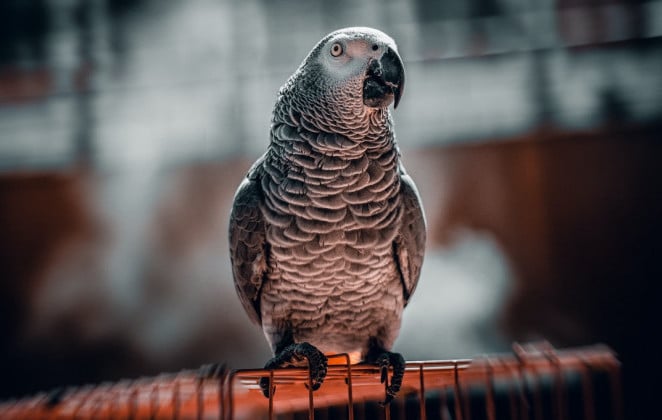
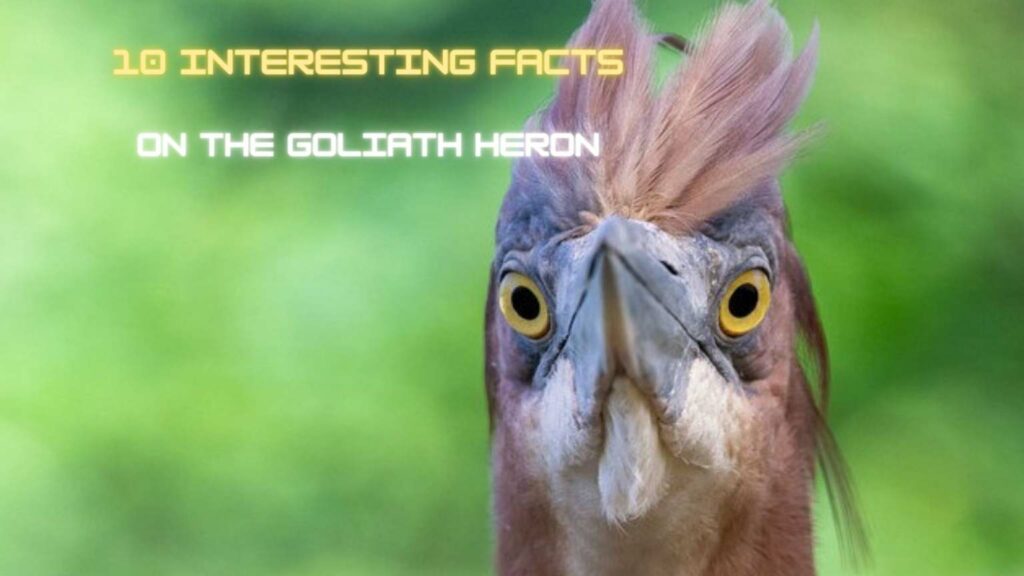

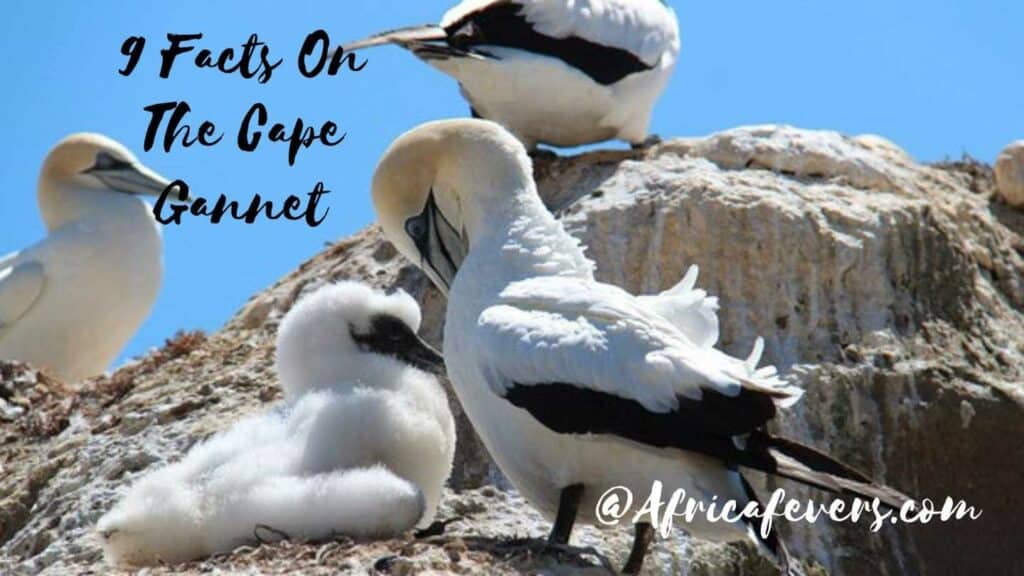

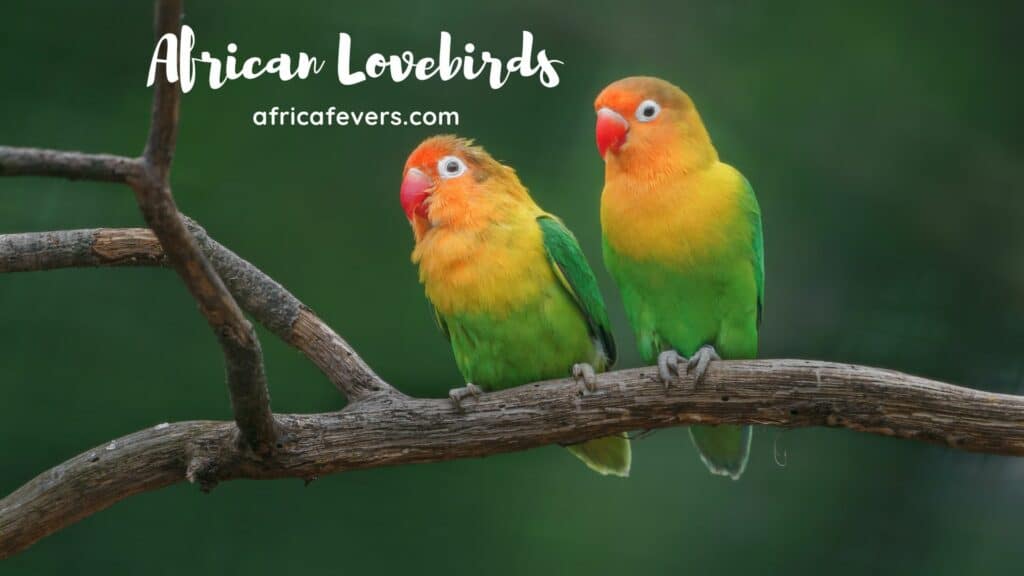


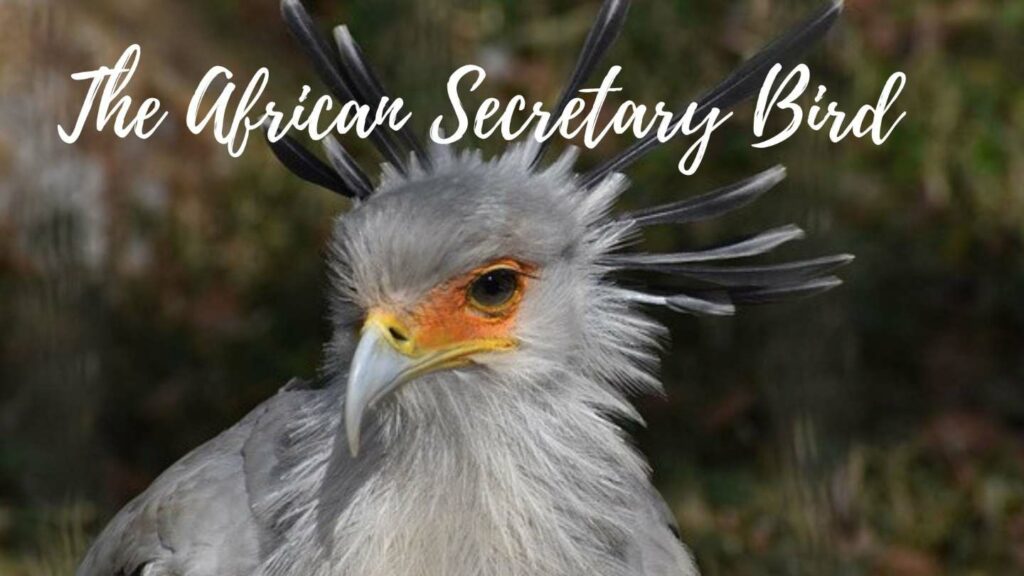

Interesting facts about Ostrich. I didn’t know that an Ostrich can live as long as humans. Really thought that the didn’t last long about 10 -15 years. From what I have seen in movies Ostrich are portrayed as fierce warrior birds and usually face their opponents but the facts says different. I would like to know if they can withstand cold weather?
Hi Shevonne,
It is quite interesting right, to see how sometimes you thought that something was true, because that is in the stories,but then it turns out it isn’t? If find that fascinating 🙂
About your question: ostriches sure can stand the cold! They can even prosper in a temperature of -30° (-22F), this is the reason why even cold countries have ostrich farms 😉
Very good question, thanks for asking!
Kind regards,
Lizzy
Many thanks for this valuable and detailed post about The Ostrich. I have never known so much information about Ostrich before. I have also seen them at the zoo. I think they are friendly even though they look terrible. Keep posting valuable posts like this. I will definitely share this.
thank you Pasindu for the compliments and thanks for sharing;-)
Kind regards,
Lizzy